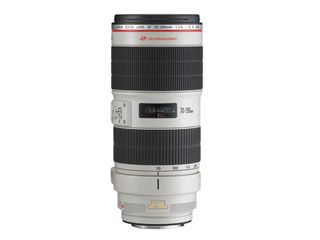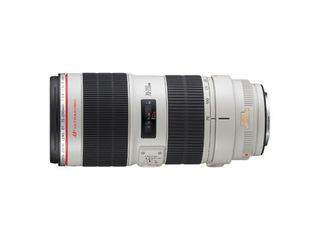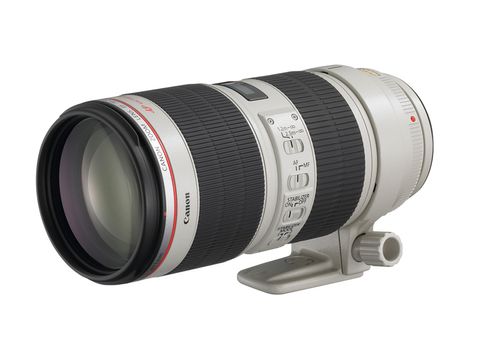TechRadar Verdict
Simply a must have for pro photographers who want to get the best shots possible
Pros
- +
Great image quality
- +
IS stabilization
- +
Flexible
Cons
- -
Not cheap
Why you can trust TechRadar
If you want to be a pro photographer, there are a number of must-have lenses. Exactly which you need depends on what you shoot, but of all the pro lenses the 70-200mm f/2.8 is probably the most popular.
Its range of telephoto focal lengths make it perfect for reportage-style portraiture and many sports. Plus, the fast f/2.8 maximum aperture means that it's great in low light, when you need to keep the shutter speed high, or if you want a background to be totally blurred.
Canon doesn't just have one of these lenses – it has a pair. The EF 70-200mm f/2.8L USM is a classic – dating back to 1995, and it's still going strong. But then back in 2001 it stunned the market with an image stabilised (IS) version – the EF 70-200mm f/2.8L IS USM. Now one of these fine lenses has been replaced…
Surprisingly, it's not the oldest of the two that gets the redesign. Despite the higher price, the IS version is the first choice for pros using every technological advantage to ensure sharp shots. But there have long been mutterings that the older non-IS version is optically superior to the revolutionary IS alternative.
A new beginning
So the EF 70-200mm f/2.8L IS USM II is born. The Mark II version looks and feels much the same, but the optics have been redesigned, autofocus speed increased, and the weatherproofing made more sturdy. Even the IS has been upgraded to the latest Canon version, which allows you to use shutter speeds that are four stops slower than usually advisable with a handheld lens.
All good stuff then, save for the fact that the official price has crept up another £500 to a cool £2,800. That's a lot of money, even if you can write off the cost as a business expense. So is it worth the significant outlay?

This is a beautifully constructed lens, using the legendary grey-white finish of Canon's L-series telephoto lenses. The manual focus ring is 40mm wide, and is engineered to give you fine control over the focus – the AF override mechanism allows you to do this even when the AF is switched on.
The zoom mechanism is precisely stiff enough and rotates, rather than using the trombone action of some Canon EF telephotos, so it doesn't get shorter or longer as you zoom in or out.
The only handling confusion is with the four switches on the left of the barrel. All are useful, but their similarity means it is hard to locate the one you want without looking. The manual/auto and IS on/off switches will be familiar to Canon users. Added to this is a focus-range limiting switch designed to prevent excessive AF.
Real-world tests
The lens's longer focal lengths and the ability to use wide apertures is perfect for flattering portraits, and the level of detail that this optic delivers is also impressive.
Handling and performance was simply outstanding. The full range (option one) provides focus from infinity down to 1.2m (a 10cm improvement on the minimum focus of its predecessor). For those shooting distant subjects, a confined range of 2.5m to infinity is offered, while the fourth option switch offers two IS modes for general use and panning.

The lens is compatible with all Canon EOS SLRs, including full-frame models, and the 1D pro-sports range. Use it on models with smaller sensors, such as the 7D, and the angle of view becomes equivalent to using a 112-320mm zoom.
The most impressive feature is the Image Stabilizer – it was possible to get sharp handheld shots at 1/10 sec. This slightly exceeds the ambitious four-stop range that Canon boasts.
Optical quality is also impressive. Resolution is excellent even when used at its maximum aperture, and there's minimal colour fringing. Bokeh (blur) when wide open is truly stunning – and the reason why pros love this lens. But its eight-blade iris means that out-of-focus highlights still look practically circular down to about f/5.6.
Follow TechRadar Reviews on Twitter: http://twitter.com/techradarreview

